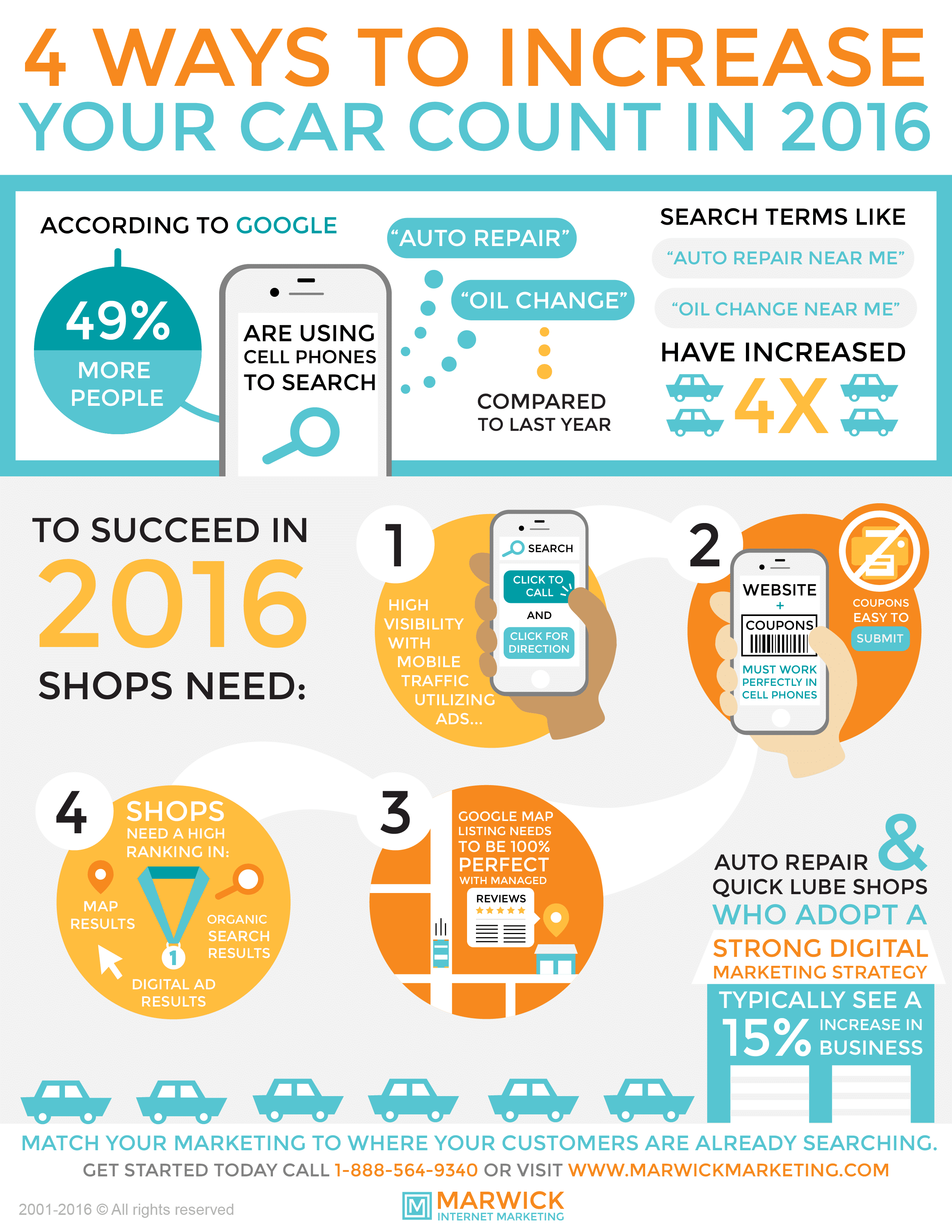Pop The Hood To Examine Typical Brake System Issues And Their Fixes
Pop The Hood To Examine Typical Brake System Issues And Their Fixes
Blog Article
Web Content Created By-Spence Dean
When it involves your vehicle's brake system, recognizing usual issues can conserve you from potential security risks. From determining brake pad wear to dealing with brake fluid leaks, knowing how to tackle these problems is important. However what concerning those mushy brake pedals? There's a solution for that as well. Stay tuned to read more about these concerns and the sensible solutions that can keep you securely on the road.
Brake Pad Wear and Substitute
When it pertains to preserving your vehicle's brake system, one vital element to watch on is the wear and substitute of brake pads. Brake pads are necessary components that push versus the brake rotors to decrease or stop your automobile. Over time, these pads wear down because of rubbing, requiring normal inspection and substitute to ensure your brakes work successfully.
To determine if your brake pads need replacement, listen for shrieking or grinding noises when you use the brakes. Additionally, if your car takes longer to stop or you discover resonances or pulsations when stopping, it may be time to change the brake pads.
Ignoring used brake pads can lead to decreased stopping efficiency, damages to other brake parts, and even brake failure.
Replacing brake pads is a reasonably uncomplicated process for several vehicles. Nonetheless, if you're unsure or uncomfortable doing this task, it's finest to get in touch with a professional auto mechanic to make certain proper installment and ideal brake efficiency.
Routinely examining and replacing brake pads is essential for your safety and the durability of your automobile's stopping system.
Brake Liquid Leaks and Upkeep
To ensure your automobile's brake system operates ideally, it is essential to also focus on brake liquid leaks and maintenance. Brake fluid is critical for transferring the force from your foot on the brake pedal to the actual stopping system. https://josueaqgxn.like-blogs.com/31062092/brace-on-your-own-for-an-eye-opening-experience-as-you-explore-the-reality-regarding-auto-repair-service-full-of-unanticipated-discoveries with brake liquid is leaks, which can take place because of worn-out brake lines, seals, or links. If you discover a pool or leaks under your cars and truck, it's important to deal with the leakage without delay to avoid a possible brake failing.
Frequently examining your brake liquid level is key to keeping your brake system. Reduced brake liquid can cause air getting in the brake lines, which endangers stopping efficiency.
In addition, old or infected brake liquid can impact the overall efficiency of your brakes. It's suggested to follow the maker's guidelines on when to alter the brake fluid, normally every 2 years.
Spongy Brake Pedal: Bleeding Brakes
If you have actually ever experienced a mushy brake pedal while driving, you understand the significance of preserving a firm and receptive braking system. One typical cause of a spongy brake pedal is air caught in the brake lines. When air enters the brake system, it can cause a loss of hydraulic stress, leading to that unsettling mushy feeling when you push the brake pedal.
To settle this concern, bleeding the brakes is necessary. Hemorrhaging https://transmission-fluid-change28406.eedblog.com/31269430/standards-for-choosing-the-optimal-automobile-service-center-near-your-location-top-10-tips includes eliminating the air from the brake lines to restore correct hydraulic pressure.
To hemorrhage the brakes, you'll need an assistant to aid you. Start by finding https://www.chattanoogan.com/2022/4/10/446930/East-Lake-Auto-Repair-Shop-Damaged-And.aspx on each wheel, commonly located near the brake caliper. With a wrench, loosen up the shutoff and have your assistant press the brake pedal while you observe any air bubbles coming out. Repeat this process for every wheel, beginning with the wheel farthest from the master cylinder and relocating more detailed.
Once you no longer see air bubbles and only clear liquid emerges, tighten up the shutoff and top up the brake fluid storage tank as required. Bleeding the brakes assists ensure a firm brake pedal and enhances total braking efficiency.
Conclusion
Now that you comprehend common brake concerns and how to repair them, you can ensure your vehicle's safety and efficiency. Keep in mind to listen for indication like shrilling noises or mushy brake pedals, and address them immediately. Regular maintenance and timely replacements are vital to maintaining your brakes in leading condition. Keep proactive and mindful to your brake system to take pleasure in secure and reliable driving experiences.
